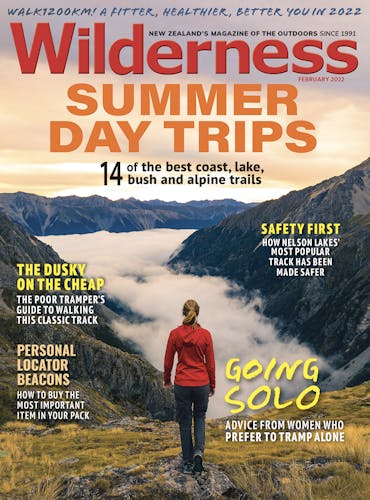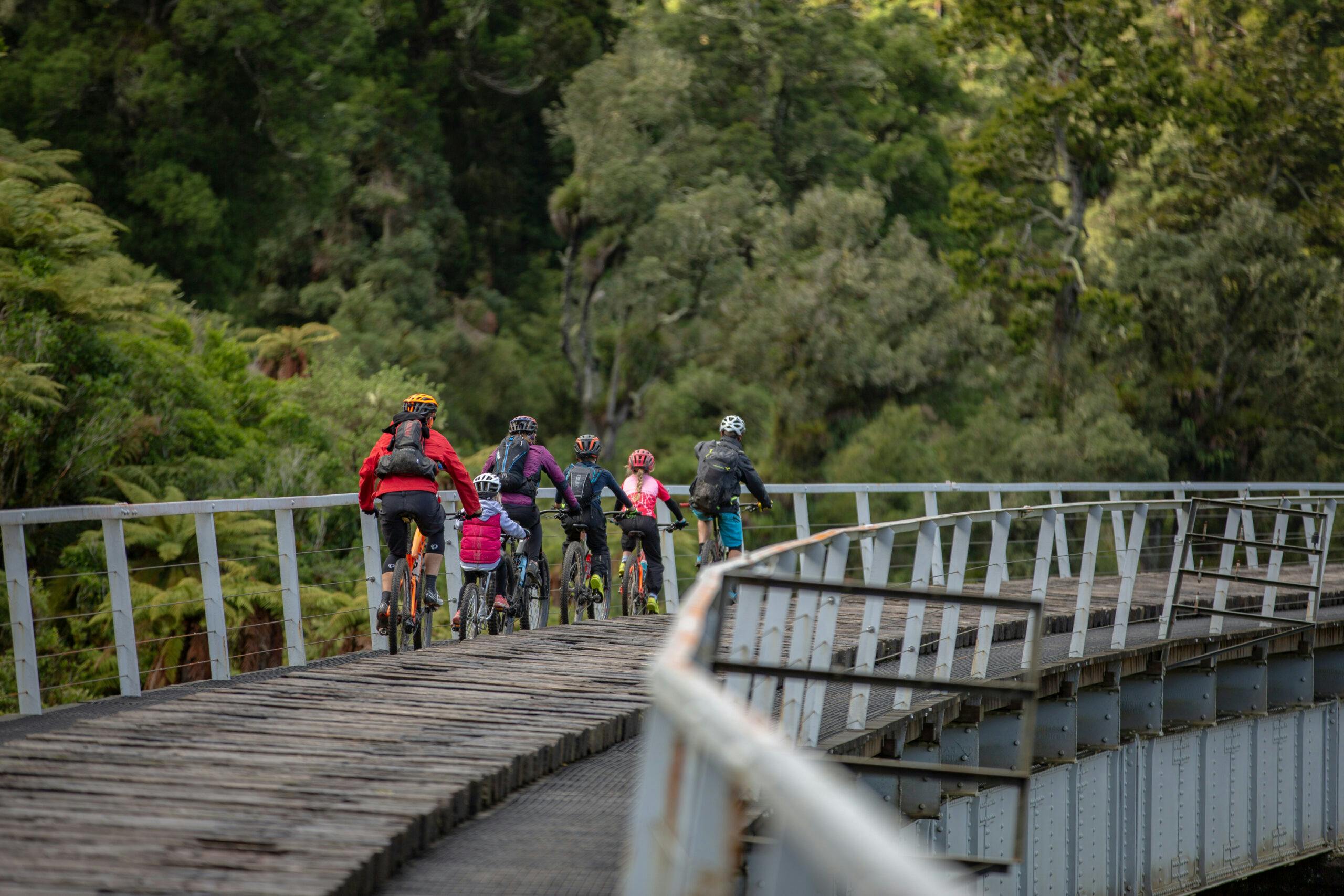After years of planning, and subject to a successful concession process, work is expected to start this summer on the first of three proposed extensions to the Mountains to Sea – Ngā Ara Tūhono Cycle Trail.
Warren Furner, from Ruapehu District Council, said work will begin on the lower sections of Te Ara Mangawhero Trail, followed next year by a new 11km trail linking Mangawhero with Horopito.
Te Ara Mangawhero will be a 19km shared off-road trail descending from Tūroa Ski Field to Mangawhero, near Ohakune. The Mangawhero-Horopito link will largely follow old tram lines and former farmland on the lower, southwestern slopes of Mt Ruapehu. It will connect with the current 15km Old Coach Road to create a loop ride or walk between Ohakune and Horopito.
The third proposal is to connect Horopito with National Park Village via Erua Forest and the Pōkākā and Makatote valleys. “This would use old road lines and tramlines and require expensive bridging,” said Furner.
While most of these developments will pass through already ‘disturbed’ forest and former farmland, Te Ara Mangawhero Trail has been contentious, in particular for plans to build through subalpine areas near Tūroa and to incorporate the historic Old Blyth Track.
In 2018, conservation groups shared their concerns when DOC reviewed the Tongariro National Park Management Plan to allow for shared-use tracks.
Terry Fenn, president of the Tongariro Tramping Club, which has operated Mangaiti Hut near the Ohakune Mountain Road for more than 80 years, wrote that the fragile subalpine environment would likely be damaged.
‘Evidence of how delicate the alpine vegetation and substrate is abounds on other tracks in this World Heritage national park, for example from Whakapapa to Mangatepopo, which is nicknamed the ditch track for good reason,’ she wrote. ‘According to legislation, any development needs to seriously consider the effect on conservation values.’
The club did not support dual-use of the Old Blyth Track, fearing loss of its historic values although it did support the Mang-awhero-Horopito Link, which traverses areas of formerly farmed and logged forest.
Trail development is starting on the lower slopes because of these concerns.
“It has been too contentious to proceed with the entire proposal, in particular at those upper subalpine areas,” said Furner. “We decided to break it into stages. We have to demonstrate that we can do this well, to build trust and show that we can work sensitively and collaboratively with all parties.”
Furner says that partnerships with the Council, DOC and local iwi, Ngāti Rangi and Uenuku, have been an essential part of planning for the proposed extensions. Trail design and construction will be undertaken by local Ngāti Rangi business entity, Ruapehu Worx Ltd. “We aim to work with local, like-minded suppliers and to keep the funding flowing within the local community,” said Furner.
Funding for phase one comes from a $6.5 million provincial development grant.
Commercial and tourism interests are also backing the developments. Visit Ruapehu general manager Jo Kennedy is pleased to see a start being made.
“These extensions will create another reason for visitors to come and experience our great outdoors.”








